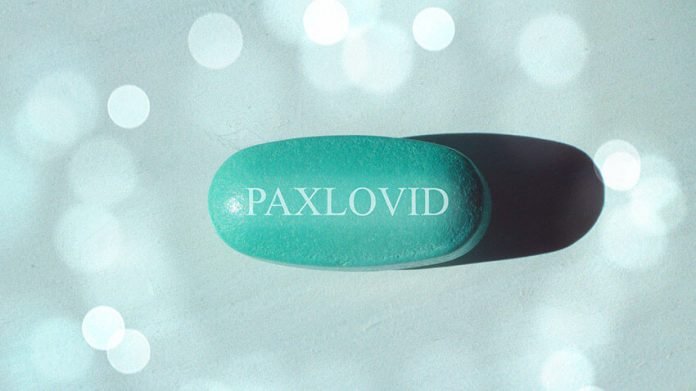
More than two years after COVID-19 became a household term, the drugs to treat it are still quite new and often hard to come by.
In March 2022, the U.S. government announced an ambitious plan that would enable people with symptoms of COVID-19 to test and be quickly treated with a drug known as Paxlovid, a therapy shown in trials to greatly reduce the risk of severe illness, hospitalization, and death.
However, the restrictions around who should take the drug, who can prescribe it, and early issues with supply have made obtaining it a confusing and often frustrating process.
“Patients struggle because they don’t know about it, or don’t know who to ask, and there is a short timeline of availability.
Clinicians struggle because there have been changing eligibility criteria, the process to prescribe is unique given emergency use status, and it’s new to them with drug interactions that have to be learned,” says Lindsay Petty, M.D., clinical assistant professor of internal medicine at University of Michigan Health.
She and Preeti Malani, M.D., clinical professor of internal medicine, recently authored a patient page in JAMA to provide more information for the use of two oral medications, nirmatrelvir-ritonavir (Paxlovid) and another drug, molnupiravir.
And while vaccination is still the first line of defense against hospitalization and death, people who are at higher risk — and the list of who might be is long — should consider seeking out the drug, says Petty.
What is Paxlovid?
Paxlovid is the brand name for a combination of two drugs, nirmatrelvir and ritonavir. When combined, the drugs greatly reduce the coronavirus SARS-CoV-2’s ability to replicate in the body.
This prevents the progression to more severe disease. Ritonavir, which is also found in an HIV drug, slows down the breakdown of nirmatrelvir in the body, giving it a chance to stop SARS-CoV-2 replication.
When should I take Paxlovid?
“The idea is to stop the viral replication process as early as possible, and before it has the chance to cause severe illness,” says Petty.
“In the trial, the therapy was effective if taken within five days of symptoms. So, to maximize the effectiveness of this drug, it’s important to take a COVID test — be it a rapid at-home test or a PCR test — at the first sign of any symptoms — even if you think it’s ‘just allergies.’ ”
Who can take Paxlovid?
Paxlovid is currently authorized for patients 12 years old and older who are COVID-19 positive and at high risk for severe disease, hospitalization and death.
Due to the boosting action of ritonavir, Paxlovid can’t be taken with many common medications, however, “there are many drugs where you can decrease the dose or hold off on taking it while you are taking Paxlovid,” says Petty.
Paxlovid is also not recommended for people with severe kidney or liver disease. For such patients, monoclonal antibodies (if eligible) or molnupiravir, would be considered the second and third line of treatment.
Molnupiravir was shown to be less effective than nirmatrelvir-ritonavir and monoclonal antibodies and shouldn’t be taken by anyone pregnant, planning to become pregnant or under the age of 18.
Petty advises patients to talk to a doctor to determine which therapy would be best given their medical history.
Where can I find Paxlovid?
Under the FDA’s emergency use authorization, Paxlovid is available only by prescription and can only be prescribed by a physician or an advanced practice provider (nurse practitioner or physician assistant) — not directly by a pharmacist.
So, calling your doctor, or visiting an urgent care or pharmacy with a clinician on site, is the best way to get access.
Because regulations around the use of these drugs continues to change, says Petty, “it’s not uncommon for a provider to be unsure and say I don’t know how to get you this medication. Getting it may take some advocacy on the patients part.”
Does Paxlovid lead to rebound infections?
There have been reports online about patients’ symptoms coming back after finishing their five-day course of Paxlovid. What’s really going on is still to be determined, says Petty.
In the trial to test Paxlovid, there was no difference in this occurring between patients who received Paxlovid compared to those who received a placebo.
The bottom line is the drugs are still effective against preventing hospitalization and death. “I think we need to be cautious and not make a mountain out of a molehill,” she said.
Anyone who tests positive should isolate for five days and even if taking Paxlovid or another COVID therapy, wear a mask around others for five more days.
Written by Kelly Malcom.
If you care about COVID, please read studies about drug combo that could effectively fight COVID-19, and vegetables and coffee could protect against COVID-19.
For more information about Covid, please see recent studies that COVID-19 booster shots prompt stronger, longer protection than original shots, and results showing breakthrough COVID infections very mild for vaccinated people.



